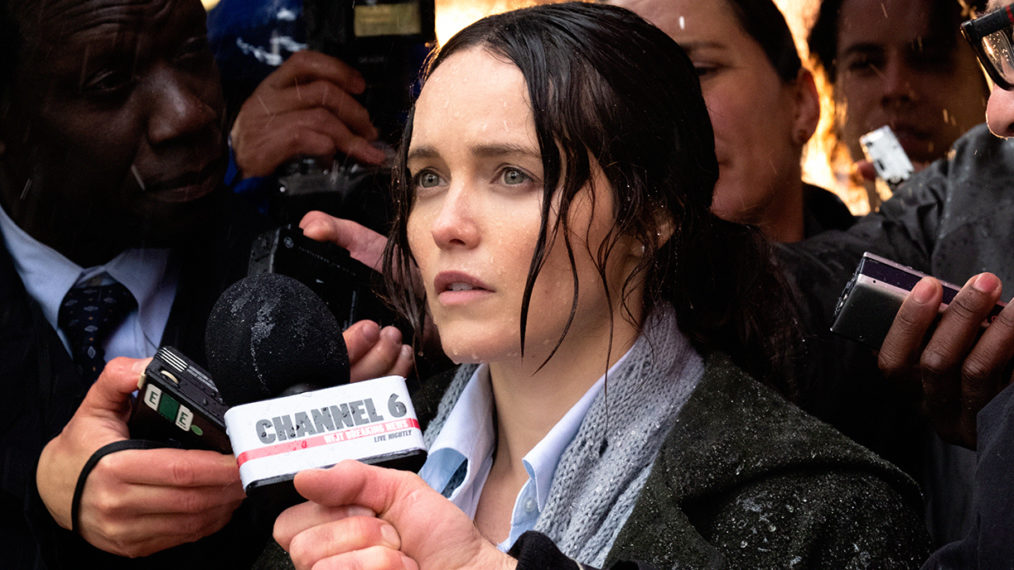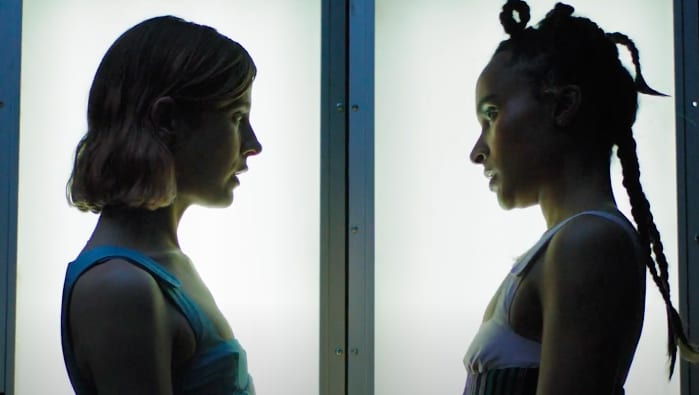#‘Our Body’ Review: Claire Simon’s Intimate and Unflinching Look Inside a French Gynecology Ward

Table of Contents
The hallways of the hospital in Claire Simon’s unflinching documentary Our Body are transient realms.
Masked receptionists gently urge patients to give them one more minute. Couples curl into each other while sitting in sparsely populated waiting areas. Attending physicians bounce between rooms and floors, ardently tailed by residents. When the providers enter these spaces — offices, operating rooms, maternity wards and intensive care units — a profound drama unfolds between them and their patients.
Our Body
The Bottom Line
Clear-eyed in vision, affirming in message.
Release date: Friday, Aug. 4 (New York), Aug. 11 (Los Angeles)
Director: Claire Simon
2 hours 48 minutes
Like a witness to a testimony, Simon absorbs every detail of these encounters. Our Body, which premiered at the 2023 Berlin Film Festival, is a stirring testament to the complexities of inhabiting a corporeal form. The film observes mostly women — ranging in age, ethnicity, class and medical needs — who pass through a public hospital in Paris. They arrive seeking treatment. But thanks to Simon’s keen and uncompromising eye, it’s clear that these patients also come for advice, consolation and hope.
The stories in Simon’s doc live in a French context, but the plight of its participants is near universal. In the face of resurgent attacks on bodily autonomy around the world, Our Body is an urgent and political project.
Inspiration for the doc came from Simon’s producer, Kristina Larsen, whose battle with an unnamed diseased forced her to become intimate with hospital interiors. Over two years, Larsen noticed that many people — whether they came for family planning services, cancer treatment, endometriosis diagnoses or gender transition care — passed through the obstetrics and gynecology department. How strange that “all these stages on life’s journey,” Simon says at the top of the film, “from youth to old age, from beginning to end” can take place within one division.
Simon finds a poetic throughline in that fact. Our Body is a tapestry of varied experiences organized by the age of the participants. The youngest among them, a teenage girl seeking an abortion, opens the film. She recounts her first sexual experience to a healthcare provider. Their conversation doubles as confession. The young woman textures her story with moral judgements (“I made a mistake,”; “What I did was really bad at my age”) and misconceptions about sex and fertility (“I can end up with a malformation or something,” she says of having an abortion). The provider reacts with a quiet, near stoic neutrality. She nods, poses the occasional probing question and gently corrects any inaccuracies.
Before the doc moves on to another patient, the provider reminds the teen: “It’s your story, it’s your experience.” These words echo throughout Our Body, which takes seriously the task of presenting the narratives of its subjects. Simon doesn’t appear for a long time after her introduction, and that recession has a leveling effect on each subsequent scene, giving the presented stories the same weight. The vignettes flow, some more subtly than others. Conversations about abortion options with young patients lead into meetings with transmasculine patients — one on the cusp of transitioning and the other in the process. In the latter of the two visits, a doctor explains his concerns about the patient developing endometriosis. Simon follows their appointment with glimpses of women seeking treatment options for that very disease.
In a style similar to Frederick Wiseman, Simon films with purpose and empathy. Her transitions (editing by Luc Forveille) are spare and undramatic, which gives the sense that we, like the physicians and their residents, are making the rounds. This approach helps especially when Our Body turns to the maternity ward. These scenes look at motherhood — as experienced through IVF and labor — with a refreshing sobriety. Simon films natural births and cesarian sections, engaging with the surgical and tactile parts of delivery. Giving birth becomes a drama of mixed emotions (anxiety, excitement, fear and trepidation), fractious relationships between patients and providers, and a stressful race against time.
In Our Body, time is a precious commodity. There are seconds in labor, minutes in the waiting room, hours of anticipation and years, so many years, spent in hospitals. When Simon appears again in the film, she has gone from director to patient. A cancer diagnosis warps her relationship to time and deepens her ties to the documentary’s subjects. Simon’s interest in the physical grows more apparent too: Bodies, with their fine lines, liver spots and decreasing elasticity, measure time’s progress. The director closes in on patient’s faces, watching their eyes as they receive favorable or undesirable news. Special attention is paid, too, to the boyfriends and husbands, whose protective presence sometimes feels closer to a threat. She zooms in on the attending physicians, training viewers to look more closely at the body language of the male doctors who speak to their mostly female patients.
Another motif emerges from all this looking. Our Body shows that all bodies in a hospital are ensnared in a subtle warfare. There’s a tension to delivering bleak diagnoses, grief in disappointing news, anger at not feeling heard. When Simon shows a demonstration led by women protesting the stark power imbalance between female patients and healthcare practitioners, the political stakes of her project become clearer. Hospitals are fraught spaces and their halls are respites from the push-pull between caregivers and their charges, between the realities of diagnoses and the hopes of treatment, between salvation and death.
If you liked the article, do not forget to share it with your friends. Follow us on Google News too, click on the star and choose us from your favorites.
For forums sites go to Forum.BuradaBiliyorum.Com
If you want to read more Like this articles, you can visit our Social Media category.




